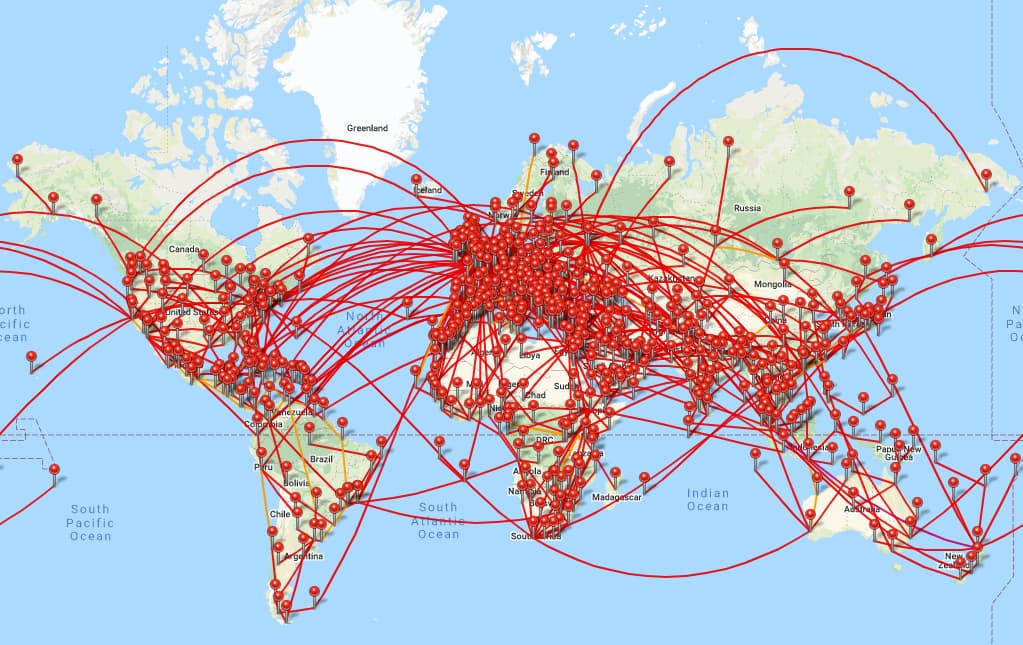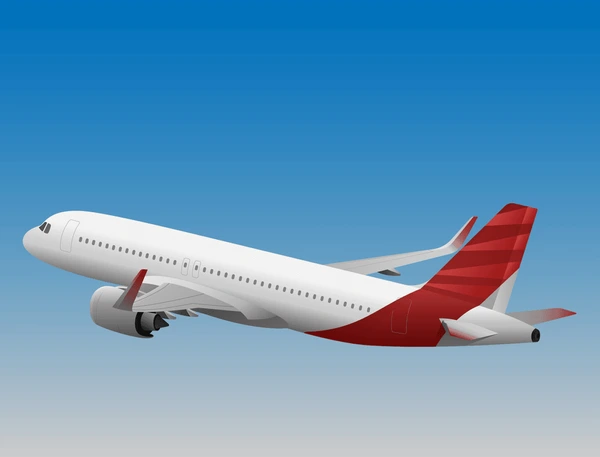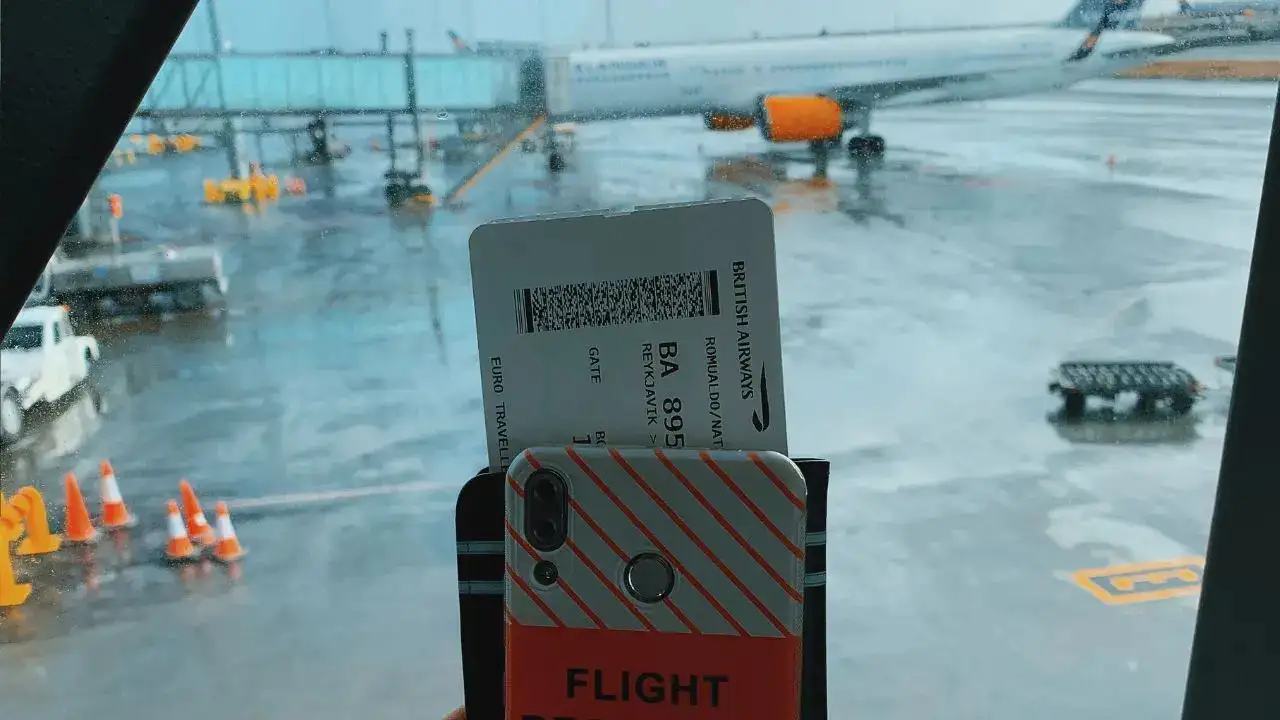Final preparations are underway for Arabian Travel Market (ATM) 2025, which is expected to break attendance records when it opens next week at the Dubai World Trade Centre. Organisers RX Global, together with strategic partners including the Dubai Department of Economy and Tourism, Emirates, IHG Hotels & Resorts and Al Rais Travel, revealed key details and highlights for the upcoming event during a press briefing in Dubai yesterday.
Record-breaking growth expected
ATM 2025 will showcase over 2,800 exhibiting companies, with 17% from the Middle East and 83% from the rest of the world, and is set to welcome 55,000 attendees from 161 countries. The event has achieved a near 12% year-on-year increase in exhibitor participation, making it the largest edition to date, now spanning 14 halls.
The 32nd edition of ATM will focus on the theme: “Global Travel: Developing Tomorrow’s Tourism Through Enhanced Connectivity”, exploring how the future of tourism will be shaped by connectivity across borders, industries, and communities. The theme will be reflected across all show verticals, from the ATM Conference programme and ATM Travel Tech to exclusive networking events and the diverse portfolio of global exhibitors showcased.
Strategic partners share industry outlook
Danielle Curtis, exhibition director for the Middle East, Arabian Travel Market, says: “Connectivity is increasingly recognised as the driving force behind the future of travel and tourism. Tourism evolves as the world connects, and now, more than ever, collaboration among key stakeholders, including governments, airlines, travel agencies, hospitality leaders, and local communities, has become essential to shaping a thriving and more sustainable industry.
This year’s show is expected to see notable growth in participation from key regions, including Asia, which is the fastest-growing region at ATM with a projected 20% year-on-year increase in exhibitors, the Middle East, which has increased by over 15%, Europe, up by over 12% and Africa and the Americas, which are growing steadily, reflecting the rising demand across the global tourism industry. Enhanced regional connectivity and stronger links with international markets play a key role.
Surrounded by the world’s fastest-growing travel markets, Dubai is the ideal location to explore the power of connectivity. Renowned for its world-leading aviation sector, a vast array of attractions, and a favourable business environment, Dubai is a global centre for industry leaders to collaborate, innovate, and unlock new opportunities in travel and tourism.
His Excellency Issam Kazim, CEO of the Dubai Corporation for Tourism and Commerce Marketing (DCTCM), part of the Dubai Department of Economy and Tourism (DET), says: “Dubai is proud to continue its long-term strategic collaboration with the internationally renowned Arabian Travel Market (ATM) as its host destination, highlighting our commitment to advancing Dubai’s position as one of the leading global cities for business and leisure, a goal central to the Dubai Economic Agenda, D33.
“The success of Dubai’s tourism sector is a testament to visionary leadership and the strength of longstanding public-private partnerships – a model that continues to propel us forward.
“Major events like ATM are pivotal to our tourism strategy, as we look beyond traditional tourism pathways by driving innovation, entrepreneurship, sustainability, and new economic opportunities. This year’s ATM theme resonates with our vision for sustainable growth, reflecting our physical connectivity, as well as the digital and human connections that fuel progress in our industry.
“The Dubai Department of Economy and Tourism will be joined by more than 125 stakeholders at ATM 2025, showcasing our dynamic ecosystem and the collaborative spirit that defines our city’s approach to tourism.
Through our robust hosted buyers programme, we will also welcome over 300 buyers from 39 countries to experience Dubai’s unparalleled hospitality first-hand. Together, we look forward to engaging with global leaders and industry experts, exchanging insights, exploring transformative trends, and forming new partnerships that will shape the future of travel and tourism.”
Adnan Kazim, deputy president and chief commercial officer, Emirates, says: “ATM’s theme this year, Developing Tomorrow’s Tourism Through Enhanced Connectivity’ resonates profoundly with Emirates’ growth strategy.
“Since the last edition of ATM, the Emirates story has gained remarkable momentum and demonstrates how a strong business model and the right strategy can take us forward. We’re gearing up for a busy and productive four days at ATM, and we look forward to networking, doing business, meeting with our partners, and forging new relationships.”
New features and innovation zones
New additions to ATM this year include IBTM@ATM, a specialised zone for business events suppliers to showcase their offerings and connect with international buyers through prescheduled appointments and business exchange sessions. As part of IBTM@ATM, a new Business Events Stage will be introduced, where industry experts will outline strategies for growth in business events and corporate travel.
ATM Travel Tech is larger than ever, with an increase of over 26% in the number of products showcased, reflecting the travel industry’s total convergence with technology and innovation, which will also house the new Start-Up and Innovation zone, dedicated to exploring the travel industry’s evolution into a tech-powered sector and its growing role as a driver of innovation.
The zone will showcase the next wave of travel pioneers and feature an immersive VR experience that promises to provide visitors with a new perspective on the possibilities within the industry.
Haitham Mattar, managing director, IHG Hotels & Resorts, says: “We are honoured to continue our longstanding partnership with Arabian Travel Market – a cornerstone event that exemplifies the strength of the travel and hospitality sector in the Middle East.
“With a legacy in the region spanning over six decades, we remain steadfast in our commitment to shaping the future of hospitality by bringing new brands and hotels in high-demand areas, elevating guest experiences and growing responsibly.
“This year’s theme for ATM of ‘connectivity’ aligns seamlessly with IHG’s ambitions – not only in enhancing travel experiences, but also in deepening the digital and human connections that truly define memorable guest journeys and unlock the full potential of travel.
ATM 2025 provides a valuable platform to celebrate our growth, showcase our expanding portfolio, and reinforce the spirit of collaboration that propels the industry forward. We look forward to engaging with our partners and peers as we collectively shape the future of travel and tourism.”
Across three main stages – the Global Stage, Future Stage, and Business Events stage – attendees will have the opportunity to gain insights from over 200 high-profile speakers across more than 70 conference sessions.
The conference programme will cover various topics, including the future of aviation, hospitality trends, climate action initiatives, and the adoption of artificial intelligence across the industry.
Mohamed Al Rais, executive director, Al Rais Travel, says: “At Al Rais Travel, we are proud to play a leading role in connecting global travellers with the rich experiences of our region.
“As the official DMC partner of ATM 2025, this year’s theme – ‘Global Travel: Developing Tomorrow’s Tourism Through Enhanced Connectivity’ – perfectly reflects the industry’s direction. Stronger partnerships and smarter integration are key to building a resilient, innovative, and future-ready tourism sector.
Aligned with Arabian Travel Market’s vision, we bring over four decades of expertise in bridging cultures and delivering seamless, personalised travel solutions. Our presence at ATM reflects our commitment to innovation and collaboration. We’re especially excited about IBTM@ATM, a new platform linking business event suppliers with global buyers.
Together with industry leaders, Al Rais is not just enabling travel – we’re building lasting connections, driving business tourism, and shaping tomorrow’s journeys. With us, the world comes closer, one experience at a time.”
Jonathan Heastie, portfolio director – travel sector, RX Global, concludes: “We’re thrilled with the event’s growth this year and expect it will add even more of the vibrant energy people have come to expect from the ATM experience.
“As a fast-moving, cosmopolitan crossroads, linking high-growth tourism regions with world-class infrastructure and innovation, we’re excited to witness the next chapter of the global travel story as it unfolds next week.”
Source : Biz Community





















